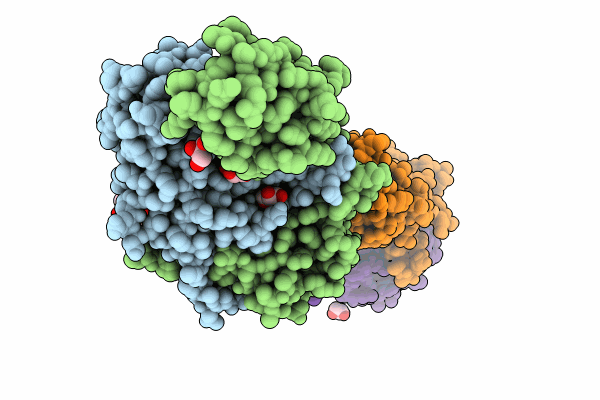
Deposition Date
2023-08-10
Release Date
2024-07-31
Last Version Date
2024-10-30
Entry Detail
PDB ID:
8TRQ
Keywords:
Title:
T cell recognition of citrullinated vimentin peptide presented by HLA-DR4
Biological Source:
Source Organism:
Homo sapiens (Taxon ID: 9606)
Mus musculus (Taxon ID: 10090)
Mus musculus (Taxon ID: 10090)
Host Organism:
Method Details:
Experimental Method:
Resolution:
2.75 Å
R-Value Free:
0.26
R-Value Work:
0.21
R-Value Observed:
0.21
Space Group:
P 2 21 21


